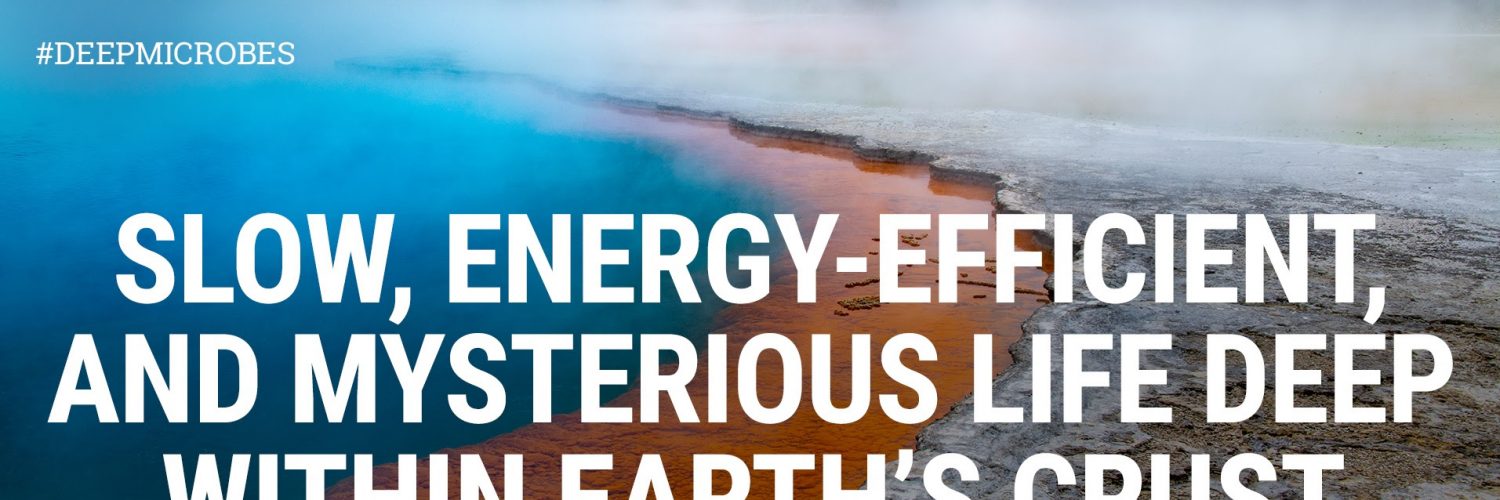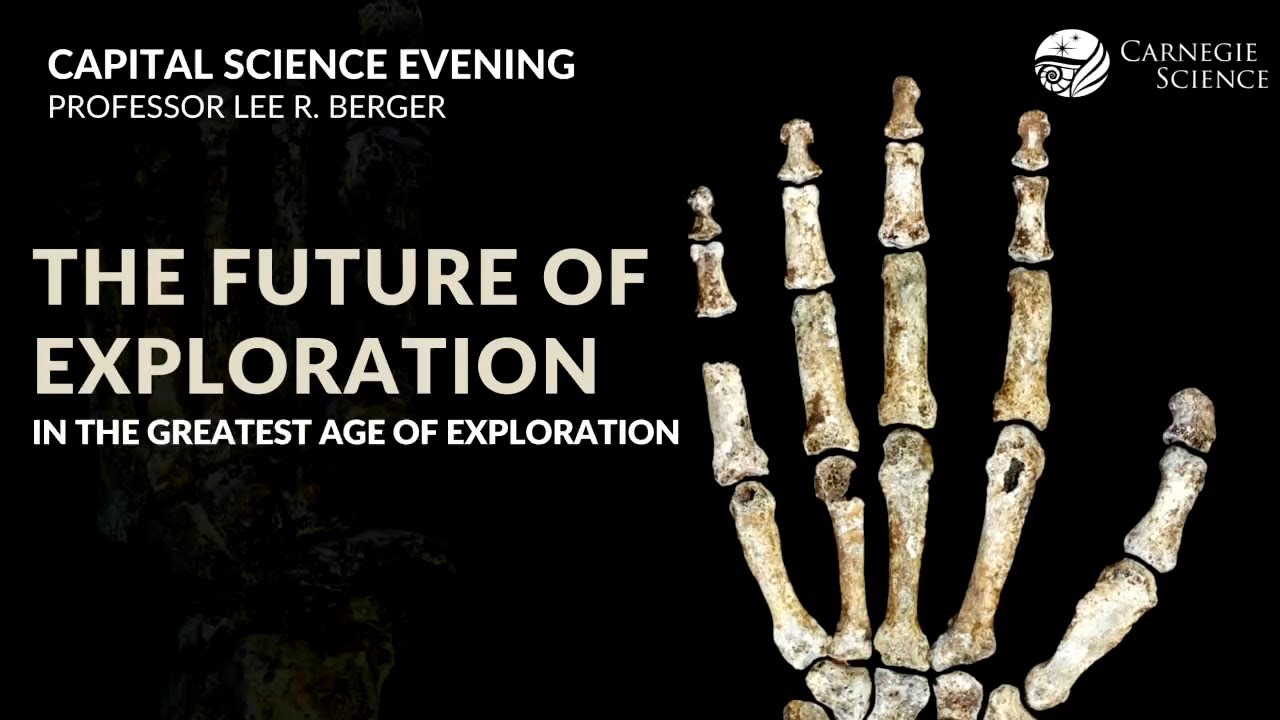Microbial life does not always depend on access to sunlight. In fact, most microbial cells on Earth are buried
in our continental crusts and hidden beneath our oceans. These life forms have only been discovered within the past few decades. So far, research has revealed that these microbes are diverse as well as distinct from the life that is abundant on the surface, which implies that they may be native to these depths, rather than the “leftovers” of what has trickled down from the top. Many of these subsurface organisms make do with far less energy than was previously thought possible to support life. What can their existence teach us about Earth’s geologic history? Can elucidating their biological processes advance human technologies or help us sequester carbon pollution?
Dr. Karen Lloyd: Associate Professor, University of Tennessee
#DeepMicrobes
Co-hosted by the Carnegie Institution for Science with the Deep Carbon Observatory





